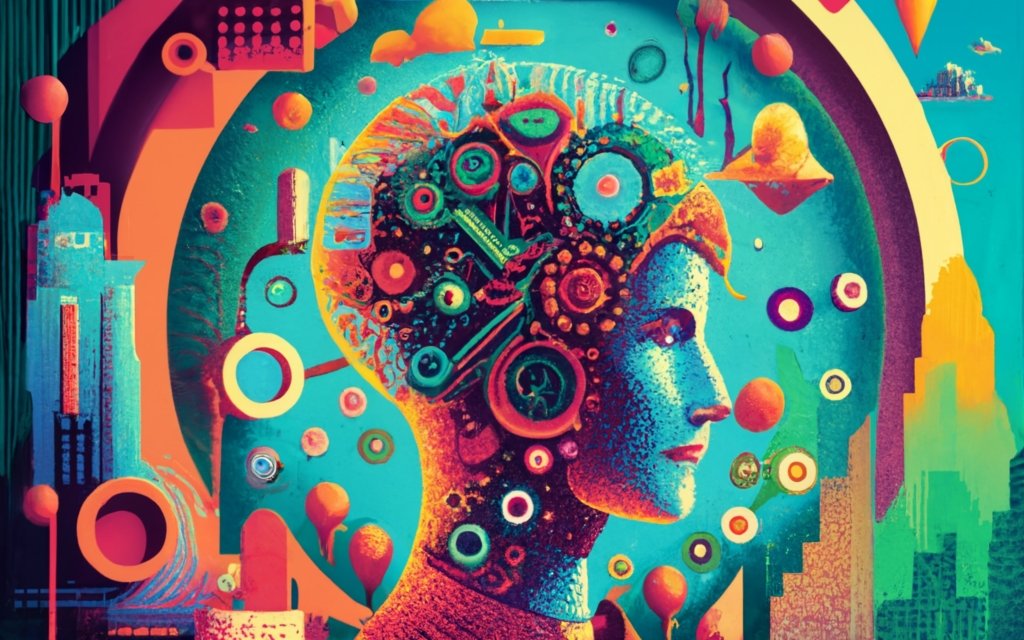Code generation through AI has the potential to revolutionise the way software is developed: with the help of machine learning algorithms, AI has the ability to analyse large amounts of data and thus learn to efficiently write error-free code, optimised for specific tasks. Needless to say, this could speed up development time, reduce costs, and improve software quality.
However, the impact of this powerful new tool on the software development labour market has raised more than one concern, especially relating to ethical issues and the labour market, so it is important to discuss the implications of this technology that, meantime, continues to develop apace.
What is AI Generated Coding?
AI Generated Coding is a technology that uses artificial intelligence to generate code automatically. This process is performed using machine learning algorithms that analyse large amounts of existing code data to identify common patterns and structures. In fact, once the algorithm has learned and assimilated these models, it is able to generate the necessary code autonomously.
AI code generation tools simplify the development process, allowing developers to code more quickly and accurately, significantly reducing the number of bugs in production and increasing productivity in software development activities.
What are the benefits of AI Generated Coding?
The code generated by artificial intelligence can help companies increase the productivity and efficiency of software developers in various ways by automating some simple and repetitive processes, thus leaving more room for strategic phases beforehand and testing phases afterwards.
In particular, AI Generated Coding has several advantages:
- Accelerating development: Systematic code generation can greatly reduce the time it takes to create code from scratch and allow developers to focus on other tasks, such as software design and testing.
- Process optimisation: Flow management is streamlined and simplified by automatic processes, generating leaner and more efficient codes and reducing the overall complexity of the final product.
- Reduced errors: By using common templates based on coding best practices, quality results can be achieved, improving the software and reducing the time it takes to troubleshoot problems.
- Strengthening testing: the timely and massive execution of large amounts of code can detect bugs before review and automatically generate the necessary tests to guarantee quality.
- Maintenance efficiency: the use of solidly structured and standardised software components helps to create a product that is less prone to bugs and that is easily readable later, in case of integrations or evolutions.
How it works
The AI Generated Code works by using machine learning algorithms to generate the code. These algorithms use large natural language models to understand context and generate code autonomously.
To emulate the way humans learn models, these AI tools use vast networks of nodes, which process and weigh the input data to identify models and patterns. Once trained and drilled to produce results, they are integrated into tools and applications.
Specifically, the AI Generated Code works like this:
- Model training: The machine learning model is trained, using large amounts of existing source code data. This data is used to teach the model how to generate the code autonomously.
- Context analysis: When a code request is provided, the algorithm analyses the demand perimeter, using the natural language model. This allows the algorithm to understand the meaning of the request and generate the code appropriately.
- Code generation: Once the algorithm has analysed the context of the question, it generates the required code. This can then be modified and customised by the developers, according to their requirements.
- Model refinement: The machine learning algorithm is continuously refined, using developer feedback. This allows the model to continuously improve its ability to generate valid outputs
Models like OpenAI’s GPT-4 and Codex are trained on a huge amount of natural language data and publicly available source code. This is one of the reasons why tools like ChatGPT and GitHub Copilot, built on these models, can produce incredibly accurate results.
The coding tools generated by artificial intelligence are based on large language models (LLMs) that use natural language processing algorithms and have been trained on huge sets of code examples.
These models are deep learning algorithms that can recognise, summarise, translate, predict, and generate texts, based on knowledge gained from huge data sets. They can be customised for specific use cases, including through techniques such as fine-tuning or prompt-tuning, which consists of providing the model with small fragments of data to focus on, to train it for a specific application. The main LLM models are Google’s BERT, OpenAI’s ChatGPT, and Meta’s LLaMa.
What are some examples of tools for AI Generated Coding?
There are several types of AI-generated code tools available on the market. Some can be integrated into existing interfaces, while others are independent and autonomous instrumentation.
In addition, the coding applications of generative artificial intelligence can be used in three different ways: generation (which involves creating code from scratch, based on input and textual requests), completion (which suggests possible code completions during typing by developers) and revision (which carries out quality checks of existing code, suggesting improvements).
Several coding tools generated by artificial intelligence are available on the market. Here are some examples:
- Codex is an OpenAI GPT-3-based, code generation model, trained on a vast corpus of source code, which can generate code in different programming languages, including Python, JavaScript, TypeScript, Ruby, Go, Java, and many more. The main feature of Codex is the generation of code from natural language descriptions.
- TabNine is an integration that uses an OpenAI Transformer-based model. It has been trained on a vast corpus of source code and can generate highly customised code, suggesting the options best suited to the user’s needs. The main functionality of TabNine is the generation of code from context-based suggestions.
- Copilot is an extension developed by GitHub that uses an OpenAI GPT-3-based code generation model. Copilot can suggest code completions, fix syntax errors, and provide refactoring suggestions. The main functionality of GitHub Copilot is the generation of code from suggestions, based on the context and syntax of the source code.
Some examples of applications
Webranking has long used AI, thanks to the support of the Martech Area, both to make internal processes more functional and productive and for customers’ business strategies.
For the Advertising area, among other functions, the capacity of marketing mix modelling has been enhanced, that is, the estimation of the advertising mix to identify the most effective and synergistic marketing activities and optimise strategies to maximise results.
For the SEO area, the effectiveness of sentiment analysis, the processing of natural language to identify, extract and analyse the opinions and emotions of consumers expressed on different online platforms, such as social media, forums and reviews, has been increased.
Within the Digital Analytics area, it has been used for data leak prevention activities, the control of sensitive data and the prevention of any information leaks. In particular, this functionality has been integrated into Data Kojak, the tool created by Webranking for the complete and constant monitoring of correct data tracking.
The introduction of Artificial Intelligence in business processes has brought positive impacts, automating repetitive and low added value parts of processes, and allowing the development of new products and services. It seems to us unlikely that, in future, AI Generated Coding will completely replace human input. Rather, we will rely on it to facilitate less important and generally repetitive tasks, making the role of the developer increasingly creative and strategic.
This article was written by Fabrizio Russo, Tech Digital Analyst.















